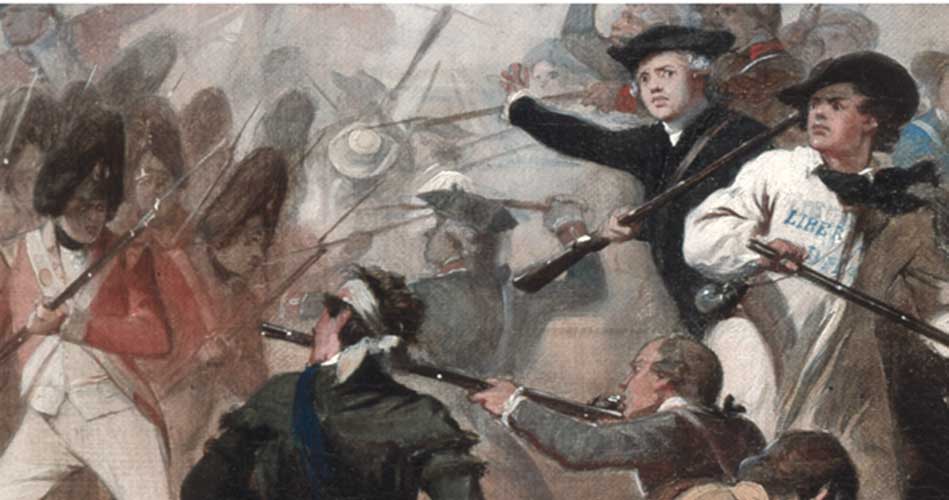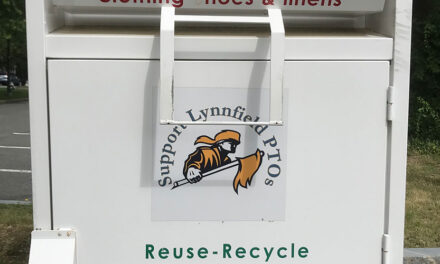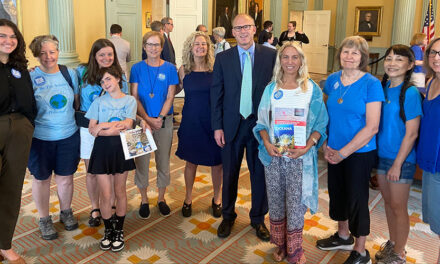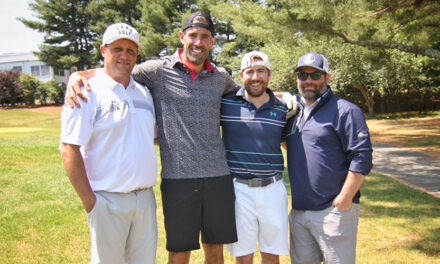Onesimus Newhall: Intrepid Lynnfield Revolutionary Soldier

THE BATTLE OF BUNKER HILL on June 17, 1775 was a bloody encounter between inexperienced Colonial militias and the professional British Army who sustained “sobering losses.” (Image courtesy of history.com)
By HELEN BREEN
The enlistment periods in George Washington’s Continental Army were short because the Colonists feared a “permanent army” on the European model. Thus, a volunteer, such as Lynnfield’s Onesimus Newhall, could serve on a variety of fronts during the War.
VOLUNTARY ENLISTMENTS
A descendant of Thomas Newhall, one of Lynn’s first settlers, Onesimus was born on October 12, 1756 and baptized soon after in Lynnfield’s Meeting House. He received the call too late to join Captain Bancroft’s Lynnfield contingent in Lexington on April 19, 1775. But in May, he volunteered with Colonel Mansfield’s Regiment stationed at Cambridge. Though not directly involved in the Battle of Bunker Hill on June 17, his company, positioned nearby, was subject to enemy fire from the Boston Harbor.
Newhall served through the siege of Boston. Volunteering for eight more months, he was issued a “bounty coat.” This was one of many enlistments for the adventurous Onesimus. He also volunteered from June 1776 until January 1777 at Fort Ticonderoga. His discharge included “travel pay” for the 240 mile trek home to Lynnfield. Imagine traversing the wilds of western Massachusetts in the dead of winter! The next year he fought in Providence, Rhode Island under General Spencer. Released from duty at Pawtucket, he then trudged back to his family.
ON LAND ‘N SEA
The following year he served on the Hudson River near Poughkeepsie, New York, under the command of General Rufus Putnam. Later he was discharged from Fishkill from where he walked home again. By 1779 he was tired of land duty (and, no doubt, of walking) and decided to try his luck at privateering, a lucrative but risky business. By July he was engaged in the Penobscot Expedition under the Commodore Saltonstall. When the American fleet was in danger of being captured by the British while at anchor, Newhall jumped overboard and swam ashore.
Undaunted, he soon joined another privateer as a gunner. In this capacity he “was wounded by grapeshot which entered his mouth, passed out under his ear, and struck his shoulder.” Recovering from these serious injuries, he continued naval service until the end of the War. Shortly thereafter, he moved to New Ipswich, New Hampshire where he married twice and fathered six children.
50 YEARS LATER AT BUNKER HILL
When the cornerstone for the Bunker Hill Monument was laid on June 17, 1825, all Revolutionary War veterans were invited to participate in the elaborate ceremonies. Only three Lynn area soldiers attended, including the sturdy Newhall who had journeyed from New Hampshire. Each was offered three dollars for “travel expenses.” He and the other venerable survivors received much attention from dignitaries at the event, including from the aging General Lafayette himself. Newhall then returned to New Ipswich where he died peaceably in 1833 at age 76.
Perhaps Onesimus Newhall would not have considered his military experiences as extraordinary. Yet, centuries later, we in Lynnfield can share pride in his service to our town and to the Nation.
(Based on Lynn in Revolution, 1909) (Send comments to helenbreen@comcast.net)





